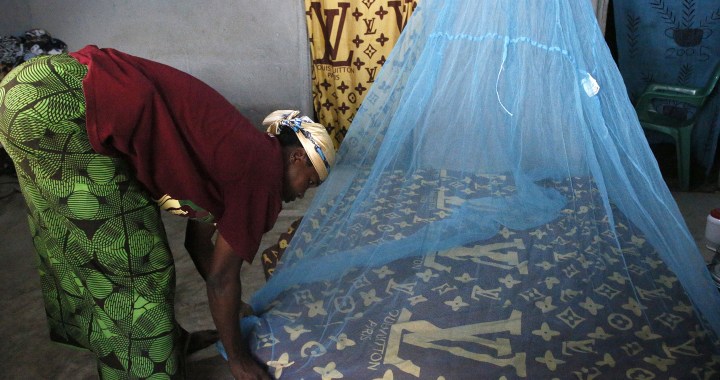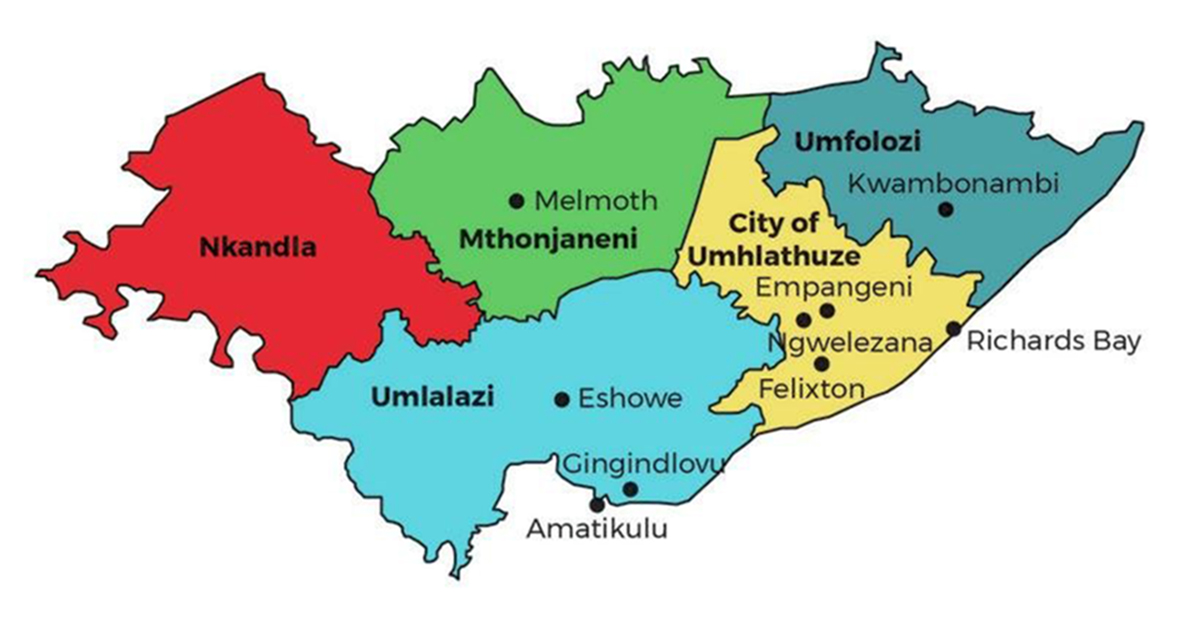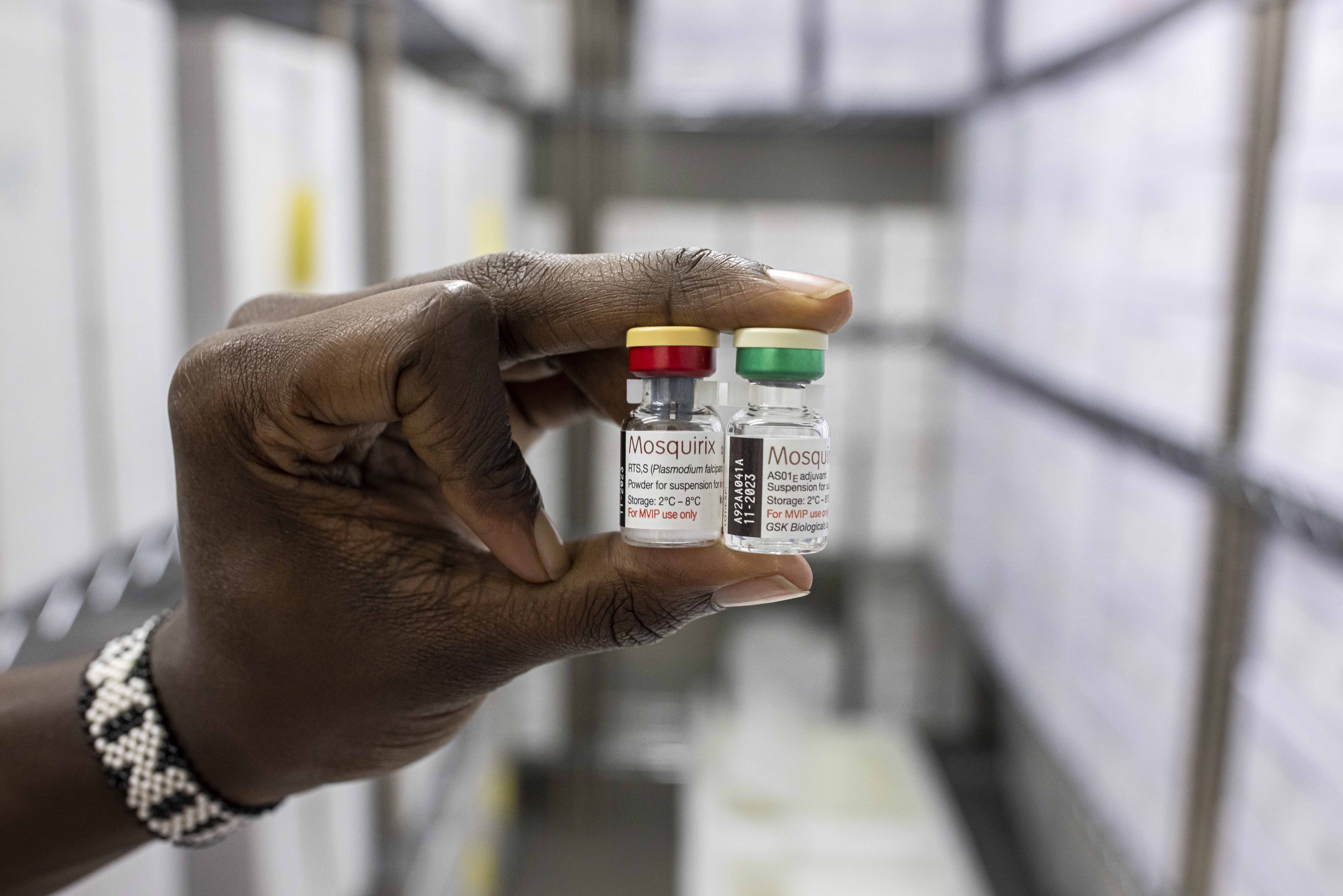AIMING FOR ZERO OP-ED
Is South Africa on the right track to malaria elimination?

On 25 April every year the World Health Organization, its member states and stakeholders across the world commemorate the gains realised, lessons learned and continuing challenges in the struggle against malaria elimination. This year’s World Malaria Day theme is ‘Time to deliver zero malaria: invest, innovate & implement’.
The WHO defines malaria elimination as “the breaking/stopping of local/community transmission in an area for three consecutive years”.
WHO member states, including South Africa, adopted the targets set in the Global Technical strategy for Malaria Elimination 2016-2030. They included:
- Reducing malaria case incidence by at least 90% by 2030;
- Reducing malaria mortality rates by at least 90% by 2030; and
- Eliminating malaria in at least 35 countries by 2030.
Targets were also set for achievement by 2020.
One of the targets was for countries to achieve a 40% reduction of malaria burden by 2020. South Africa was able to meet this target by 2021 after reported local cases declined from 4,959 in 2015 to 2,958 in 2021, a 40% reduction. This puts the possibility of eliminating malaria in South Africa tantalizingly within reach.
However, the 2017 malaria outbreak which resulted in a peak of 23,381 local cases shows the country and entire region remain at risk and there is need to remain vigilant. The effects of climate change, especially with increased rains and flooding reported and change in weather patterns, pose a major risk to delivering zero malaria.
Mortality is still of concern as a number of malaria deaths still occur and 687 people lost their lives due to malaria between 2015 and 2021 in South Africa. This is unacceptable since malaria is preventable and curable.
Malaria is prevented by focusing on known mosquito breeding sites and ensuring that communities living around these sites have their houses sprayed with an insecticide that kills mosquitoes. Indoor residual spraying together with environmental management and clearing of breeding sites at the source of malaria infection are key to prevention.
This approach to malaria prevention has been approved by the WHO and is outlined in the National Malaria Elimination Strategic Plan for South Africa, 2019-2023.
The Department of Health has been working to eliminate malaria, with a focus on the three provinces in which it is endemic: KwaZulu-Natal, Limpopo and Mpumalanga. It has made significant progress, particularly in KwaZulu-Natal where King Cetshwayo District is almost stopping local/community cases.
Documenting progress
Progress in King Cetshwayo District is the result of surveillance as a core intervention, achieved by the local malaria team working with the Clinton Health Access Initiative to improve on the investigation and response measures with malaria patients reported in the district without travel history. The technical partnership improved local management on data use and decision making, and a key milestone was achieved by successfully inviting an independent team from Elimination (E8) and the WHO to review implementation in the district.
Read more in Daily Maverick: Ghana first to approve Oxford’s malaria vaccine
At community level several social factors play a role in continued local/community transmission. These include literacy levels and language barriers when tracing and investigating cases from other countries. These make it difficult for malaria programme teams to determine the source of infections when collecting travel history. Knowing the source of malaria infection enables the department to initiate prevention intervention to protect the community at large.

The King Cetshwayo District Municipality. (Map: Researchgate.net)
New technology
New technology used by South Africa has resulted in significant progress in improving monitoring malaria outbreaks. This includes strengthening the information system by scaling up the use of digital tools such as the District Health Information System 2 and Malaria Connect.
Malaria Connect is an innovative information system that was rolled out to enable cases to be notified in real time at health facility and community levels through a USSD number.
Malaria elimination guidelines require cases to be notified within 24 hours and traced within 48. This has led to better-quality data to make decisions and drive towards malaria elimination. Malaria transmission dynamics vary widely in the three provinces, with some districts reporting fewer than 10 local cases, which implies that with more effort we can eliminate malaria in South Africa.
To fund its malaria elimination strategic plan National Treasury provided additional funding to the Department of Health.
To provide evidence of the need for additional resources to reach elimination an investment case for malaria elimination was developed in 2018. This was led by a consortium comprising the department, the Clinton Health Access Initiative, the University of Cape Town’s Mathematical Modelling and Simulation Hub and the University of San Francisco’s Big Data Institute.
The importance of the additional financial investment resource mobilised locally through Treasury was also acknowledged through a WHO award in January 2023 during the 4th Global Forum for countries nearing elimination.
Migration and malaria
Because mosquitoes do not respect borders and there is significant movement of people across borders in the region, controlling malaria in a single country is not enough to reach elimination in any country. This means any solution for elimination must also include our neighbours.
Significant progress has been made in a partnership between Mozambique, Eswatini and South Africa known as Mosaswa, financed by the Global Fund. This project aims to ensure that districts in neighbouring countries with high levels of malaria are offered spraying in an effort to reproduce South Africa’s elimination initiatives.
Read more in Daily Maverick: Malaria-carrying mosquitoes move deeper into southern Africa — and the climate crisis could be to blame
In addition, the Elimination 8 Initiative (E8) was established by health ministers from Angola, Botswana, Eswatini, Mozambique, Namibia, South Africa, Zambia and Zimbabwe to coordinate the implementation of a regional malaria elimination strategy. This has supported screening and treatment at both formal and informal border crossings between these countries.
It is clear that we have the right tools to accelerate progress to deliver zero malaria in our lifetime. However, we need to get our timing right in the deployment of interventions to prevent malaria and create sustainable partnerships. Funding and advocacy must be ramped up to safeguard malaria elimination gains and push us closer to the elimination target.

A patient holds Mosquirix vaccine vials in Nairobi, Kenya, on 8 October 2021. (Photo: Patrick Meinhardt / Getty Images)
We still lose lives in South Africa attributed to malaria, a disease that is fully preventable and treatable, but unforgiving if detected and treated late. It is therefore everyone’s responsibility to be aware of the risk of malaria infection and seek early diagnosis from fevers, especially if they travelled to and from malaria-endemic areas both within the country and to other malaria-endemic countries.
For health workers, it is mandatory to test each person presenting with fevers at any point of care for malaria, and maintain high awareness levels as this will help detect, treat, save lives and deliver zero malaria.
In line with the 2023 theme for World Malaria Day, South Africa has an elimination plan, has invested additional resources in the drive towards zero malaria, has used innovative technology and has demonstrated that getting to elimination is possible, as is the case of King Cetshwayo District in KwaZulu-Natal. Now the challenge is to scale up to every district in the three endemic provinces. South Africa has shown that with political will, additional resources, the right technical and management capacity and partnerships, malaria elimination is possible. DM/MC
Sadiq Wanjala, Kevin Bellis and Yogan Pillay, Clinton Health Access Initiative, South Africa.

















Comments - Please login in order to comment.